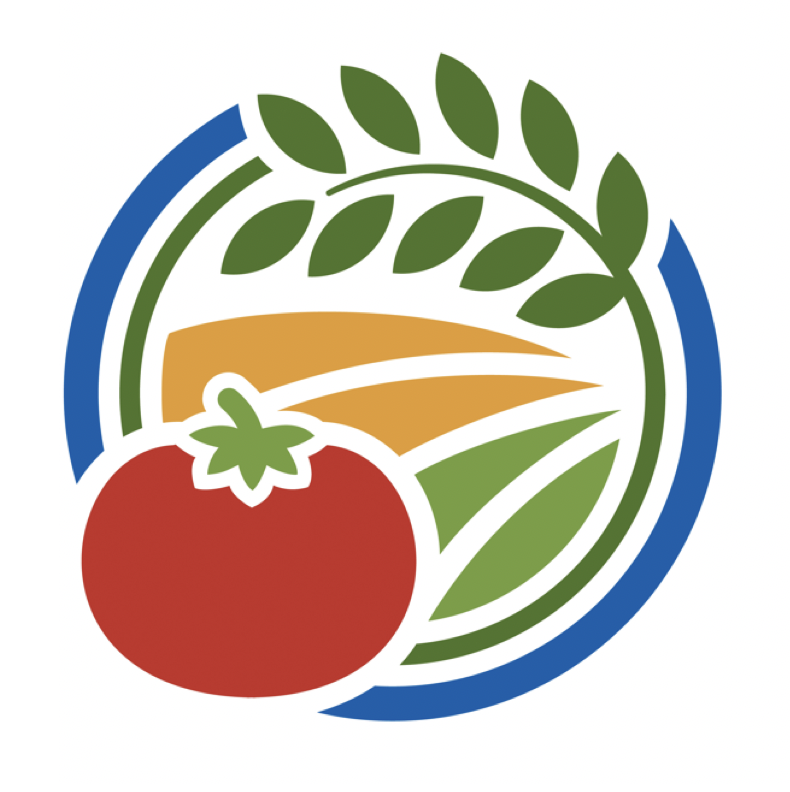
Farm Information
County: Colusa, Yolo
Location: Arbuckle
Slope: Hills
Irrigation system: Drip
Soil type: Gravelly loam
Soil detail: Arbuckle gravelly loam. Varied.
Special farming challenges: Water retention and nutrient availability on gravelly soils. Soil erosion on slopes. Long-term water availability.
- Cropping Systems Information
- Crop: wlmonds
Acres of orchard or vineyard: 380 (bearing and non-bearing)Other crops: walnuts, rice, row crops
Acres of other crops: n/a
Organic management: no
Certifications: None
Certifications notes: Had a Bee Better certification until this year. Planning to get Bee Friendly certification through Almond Board instead.
Where using cover crops: Almonds and walnuts - Grower Experience, Farm Priorities, and Cover Cropping Goals
- When started farming (yr): Husband Pat and Kim joined the farm’s management in 2009 and 2014 respectively, but her family has farmed in the area since the mid 1800s
Farm priorities: Sustainability, longevity and long-term viability for future generations Want to be economically sustainable, but also consider that they've been farming this land for 5 generations and hope to see 5 more generations. They strive to treat the soil with care, to ensure good yields in the future."We're not venture capitalist farmers. We're trying to make a living in it."
Years growing orchard or vineyard crop: 90 years
Years growing cover crops: 11 years
Initial transition to cover cropping: Started planting a pollinator mix on the border only, working with Xerces Society. After seeing that it worked well, started planting every 3rd row within almond orchard. Initially they worried it might "create a mess at harvest", but after the cover crop reseeded itself throughout the block, they realized it would be okay. Want to support both domestic honey bees and native bees, to increase almond yields. After working with NRCS, also see need for improving gravelly soils by adding organic matter to hold water and fertilizer. Also to sequester carbon, increase microbial and earthworm activity.
Goals and benefits: Pollinator support
Benefits description: Create better pollinator habitat.
Change in goals over time: They have expanded their focus to include soil building for water retention, erosion control and fertility in addition to the pollinator benefits.
Reasons: They've done a lot of experimenting and trialing with various partners, including UC Davis, Xerces, and NRCS. The age and location of the orchards changes some of the priorities. - Cover Crop Details, Planting and Management Methods
-
Block described here: Almonds: Bearing
Current cover crops: Legumes, grasses, brassicas, insectary mix
Species and mixes: Project ApisM Brassica Mix (35% Canola, 15% ‘Bracco’ White Mustard, 15% ‘Nemfix’ Yellow Mustard, 20% Daikon Radish, 15% Common Yellow Mustard)
Planting method: Drill seed, broadcast seed
Planting date (2020): December
Was that optimal? No. September would be better to get it to bloom at time of almond bloom.
Pre-plant soil prep: Sanitation (sweep up mummies) and float.
Planting equipment: Broadcast seeder (on ATV) followed by dragging branches for cover or soil contact. Will use their no-till drill when possible but the 12ft drill they have is a little big for the mature orchards.
Seeding rate: 8 lbs/acre
Seeding depth: n/a
Did it germinate well? No, late planting and little rainfall.
Additional management and advice: n/a - Cover Crop Termination Methods and Biomass Management
-
Termination method: Mow
Termination equipment and process: Mower
Termination date: April/May
Was it optimal? Yes. Maximizes flowering of brassicas, ideally during almond bloom. Specific mowing time depends logistics and trying to optimize the the mow of annual weeds for control. Not worried about residue; in drip system with dry middles it is mostly gone by August.
Biomass management: Leave in place. Ideally no-till system except for when a light disc is necessary before broadcast seeding. - Cover Cropping Challenges and Strategies to Address Them
- Challenges: Establishment difficulties
Challenges description: Establishment and timing
Strategies to address challenges: Plant earlier but need fall rain
Was the cover crop worth it? Overall, yes. They are focused on long-term benefits for soil and pollinators so consider it a worthwhile investment. Have found ways to offset the costs by finding funding and partnering with the University (Neal Williams lab), NRCS, and non-profits (Xerces, ApisM, CAFF).
Least successful past cover crops: They had trouble getting phacelia established, took about 3 years. Also have had issues with mustard and clover establishment during low rainfall years.
